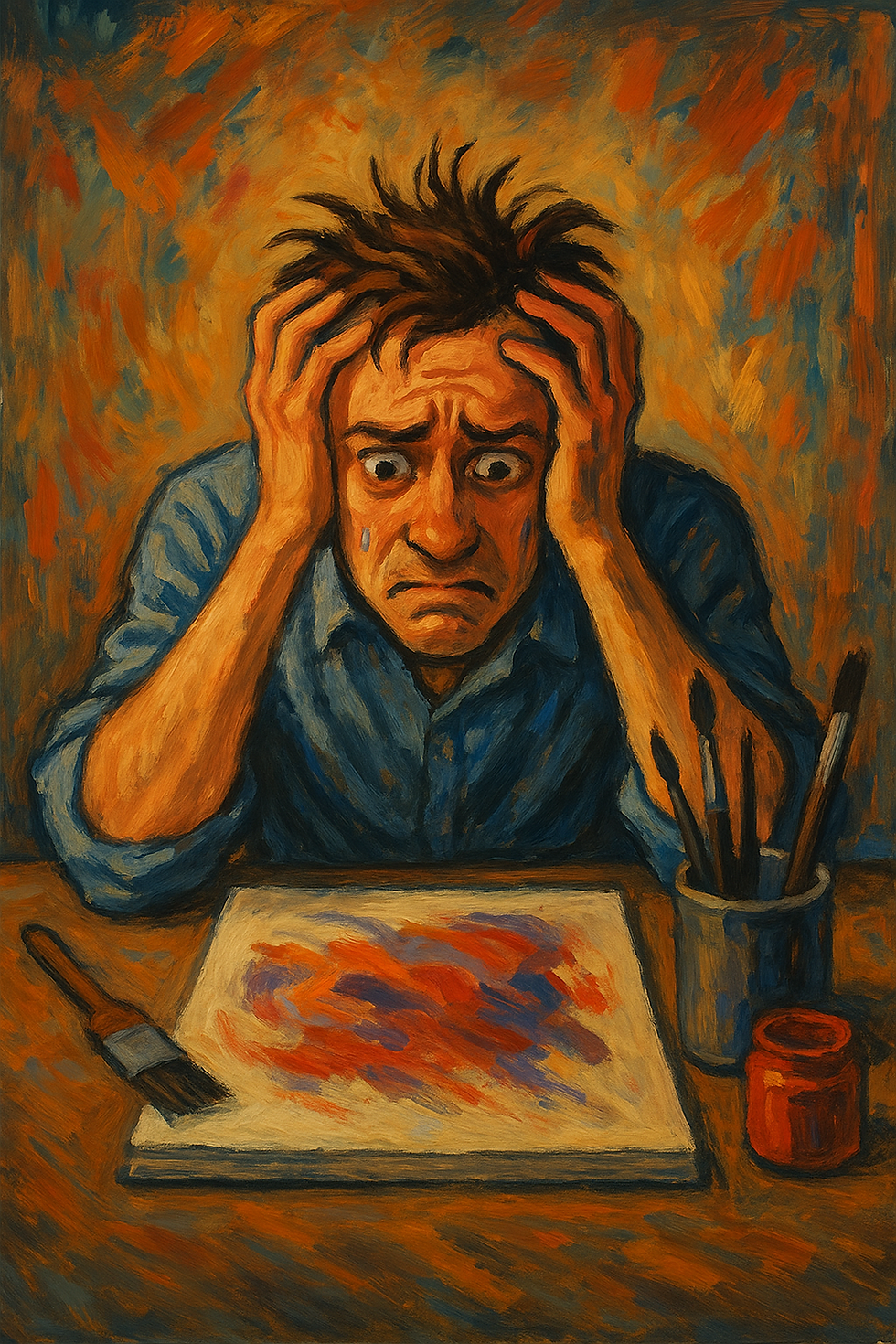Show me the $! How Should an Artist Price Their Work?
- Craig Palmer
- Dec 10, 2022
- 3 min read
Like many artists, pricing my artwork has been something I've always struggled with. I used to ask myself all the time - are my prices too high, or are they too low? So, I decided to roll up my sleeves and try to find out, what's the best way to price my art?

What I found was there is no single “right” answer when it comes to determining the prices of art pieces. BUT, and this is important, there are certain guidelines that can help guide artists in setting consistent fees that are fair for both themselves and their buyers.
Pricing your artwork is a complex decision that requires consistent thought and evaluation. When establishing a price for your work, it is important to remain objective and not be swayed by the emotions of either buying or selling. To set consistent pricing, you must think about the time and effort you put into your work, the cost of materials and other expenses, as well as how much money you need to make in order to live comfortably and sustain your studio.
One common pricing method used by artists is charging by the square inch or square foot. This approach works best if the artist creates two-dimensional artwork, such as paintings and drawings. With this method, the artist takes into account the area of the canvas or paper used in creating a piece and calculates a price based on that size measurement. For example, if an artist sets a rate of $1 per square inch, then a painting measuring 18” x 24” would be priced at $432 ($1 x 432 sq inches).
Another option is to set fixed prices for each artwork type regardless of size. This could be useful for sculpture or pottery where size does not necessarily determine value; however, it can be difficult for some buyers to swallow large sums without any indication of size (e.g., a large clay pot might cost significantly more than a small one). Artists should also consider setting different fees for prints versus originals since these have different values when it comes to selling art.
It is also important to factor in local income levels when setting prices so that buyers can reasonably afford them - remember, you can't sell it if they can't afford it! Finally, do research on comparable works by other artists in order to set yourself apart while maintaining market value; you want your prices to reflect your worth as an artist while still being fair within the current market context.
Let's talk briefly about the cost of selling your art through a gallery. While this can be an excellent way to reach more potential buyers, it’s important to understand the additional costs associated with this route. Most galleries charge a commission of between 25-50%, depending on the reputation of the artist and the selling price. In fact, 40-50% is most common. In addition, you will likely be responsible for framing, advertising and shipping costs either ahead of time or along with payment after your artwork has been sold. (I'll dig deeper into the costs of selling through a gallery in a future post.)
Ultimately, there isn’t one perfect formula for calculating how much money artists should charge for their art; it’s up to each individual artist to assess various factors including market demand and cost of materials/labor when determining price points that make sense for their creative practice. Pricing artwork based off of square inch or square footage is just one strategy among many options available; whichever approach an artist decides upon, understanding current market trends and customer expectations will help them develop accurate pricing models that ensure maximum profitability while still providing fair value for buyers.








Comments